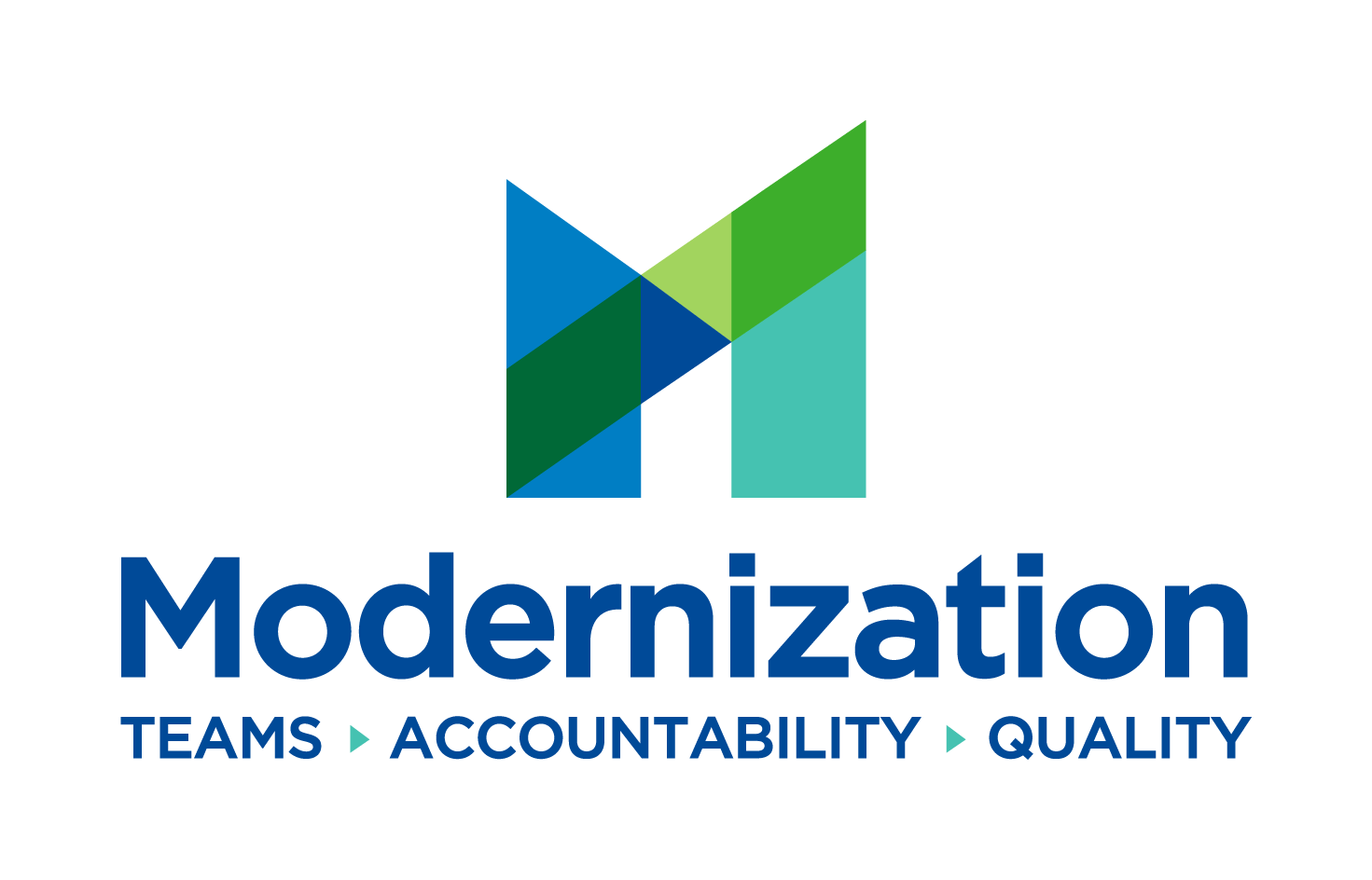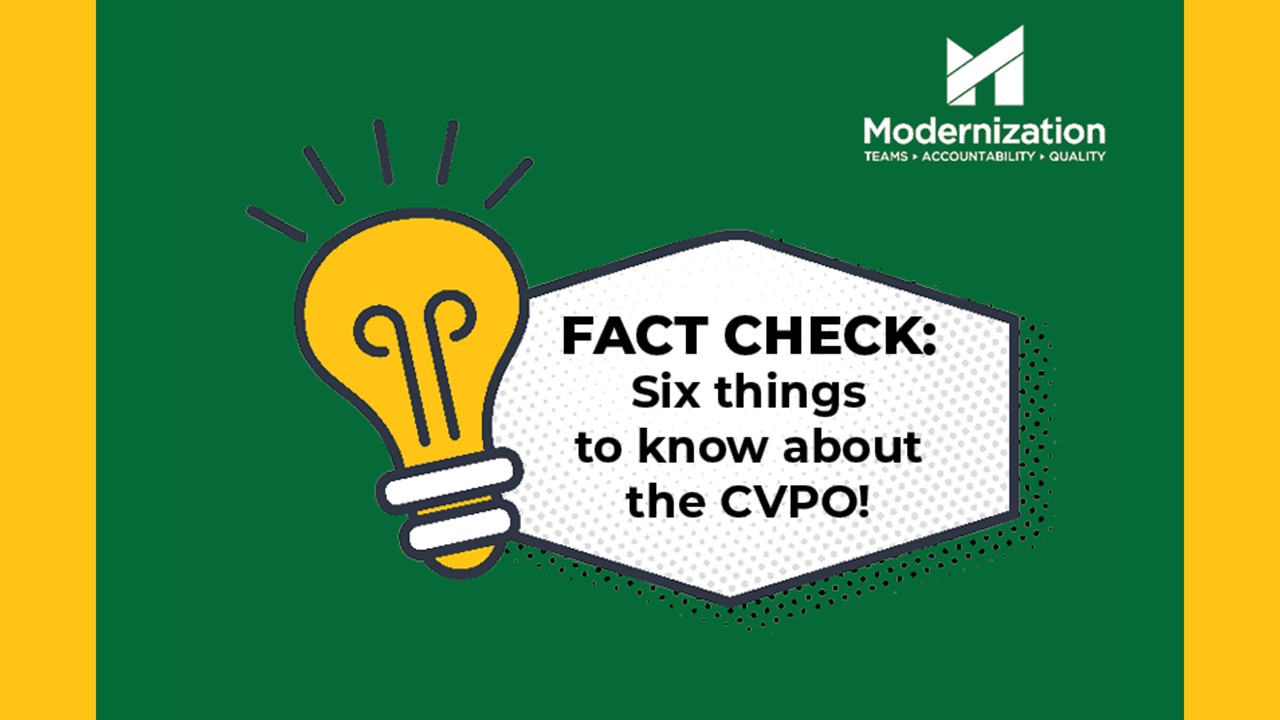Moving toward the College of Veterinary Professionals of Ontario
While the Veterinary Professionals Act has been approved, there is work to be done on regulations and draft By-Laws to support the new legislation and the College of Veterinary Professionals of Ontario. Your engagement is essential as we move through the next steps. Please contact the College for answers to any questions you may have.
Regulatory Concept Recommendations
At its August meeting, the Transition Council finalized all of the proposed regulatory concepts, which have been sent to the Ontario Ministry of Agriculture, Food, and Agribusiness, who will develop the regulatory language. The Transition Council appreciates all input received during the consultation. The Veterinary Professionals Act grants the Transition Council the ability to propose regulations to support the new legislation.
Transition Council Regulatory Concept Recommendations, submission to OMAFA
On November 25, 2025, the Transition Council hosted a Town Hall session, Fact Check: Six things to know about the CVPO! The session provided an overview of key aspects of Transition Council's ongoing work to establish the College of Veterinary Professionals of Ontario.
The presentation focused on:
Managing risks
Strengthening veterinary teams
Simplifying licensure and protect use of title
Public Register & transparency
Efficiency in the complaints process
Quality assurance
By-Laws in development
By-Laws lay the foundation for how an organization functions. The Transition Council is currently working on the development of the By-Laws for the College of Veterinary Professionals of Ontario. At its September meeting, the Transition Council provided direction on the By-Laws in the following areas: Council, Officers of Council, Council and Committee Member Code of Conduct and Conflict of Interest, Committees, Professional Liability Insurance, Fees, Professional Corporations and miscellaneous administrative sections.
At its August meeting, the Transition Council provided direction on the Elections Process, the Public Register, and Professional Liability Insurance. In June, the Transition Council provided direction on: Qualifications for Elections & Appointments, Nomination Committee, Professional Liability Insurance, Professional Corporations, Conflict of Interest, and Miscellaneous sections.
Replays of the Transition Council's discussions are available:
Replay of the Transition Council's Discussion on By-Laws, September 25 & 26
Replay of the Transition Council's Discussion on By-Laws, August 11
Replay of Transition Council's Discussion on By-Laws, June 13
Veterinary Technicians: Connect with the College
The Veterinary Professionals Act provides an exciting, new framework for the regulation of the veterinary profession. We want to help you stay informed. Veterinary technicians and veterinary team members can sign up to receive helpful e-mails around the work of the Transition Council, upcoming consultations, timelines, and opportunities. Sign up today and you will be entered in a monthly draw for a $50 gift card!
- Transparent: Ethical, fair, clear and direct
- Reliable: Competent, well-informed, evidence-based, adequately resourced, informed by meaningful consultation with relevant partners
- Relevant: Risk-aware, current, responsive and nimble
- Independent: Mandate-focused and objective
- Compassionate: Approachable, supportive and adaptable to context
- Inclusive: Respectful of all voices, conscious of personal bias, open-minded and committed to learning
- Accountable: Performance driven, impact oriented and publicly responsible
For more information on legislative reform activities, please review the following reference materials.
Infographic Towards Modernization: A graphic outlines the College's progress towards modernization beginning with the early work in 2013 towards final proclamation when the College becomes the College of Veterinary Professionals of Ontario.
Infographic Towards Modernization
Achieving a Modern Approach to the Regulation of Veterinary Medicine in Ontario:
Achieving a Modern Approach to the Regulation of Veterinary Medicine 2018.pdf






